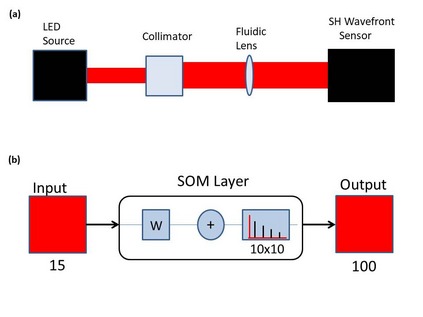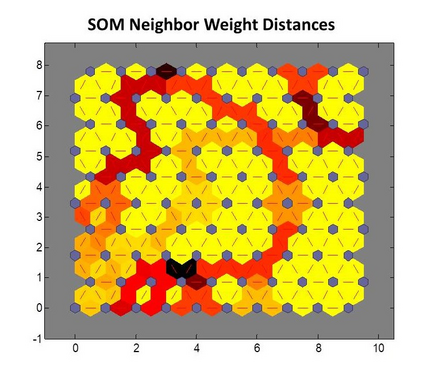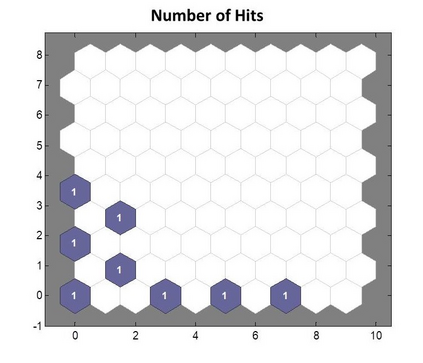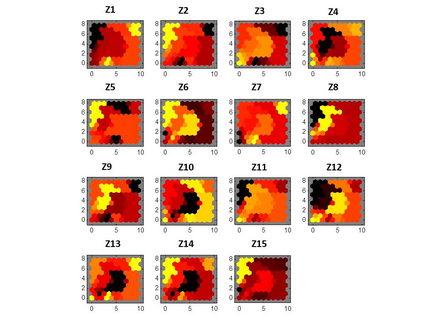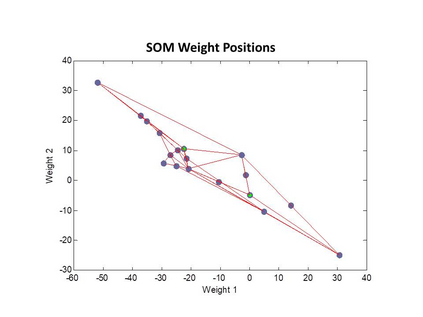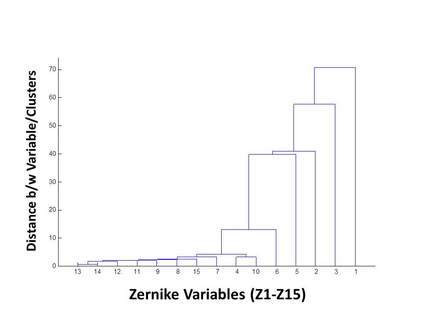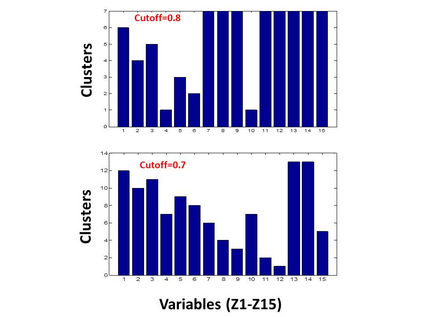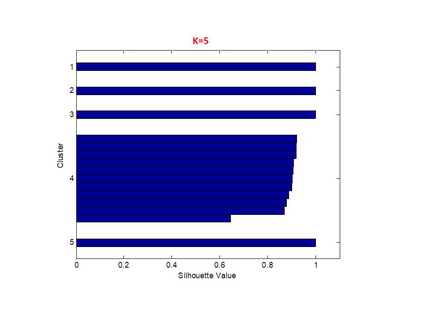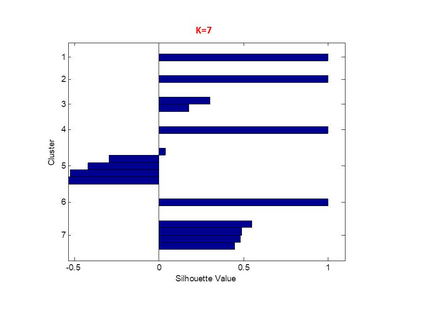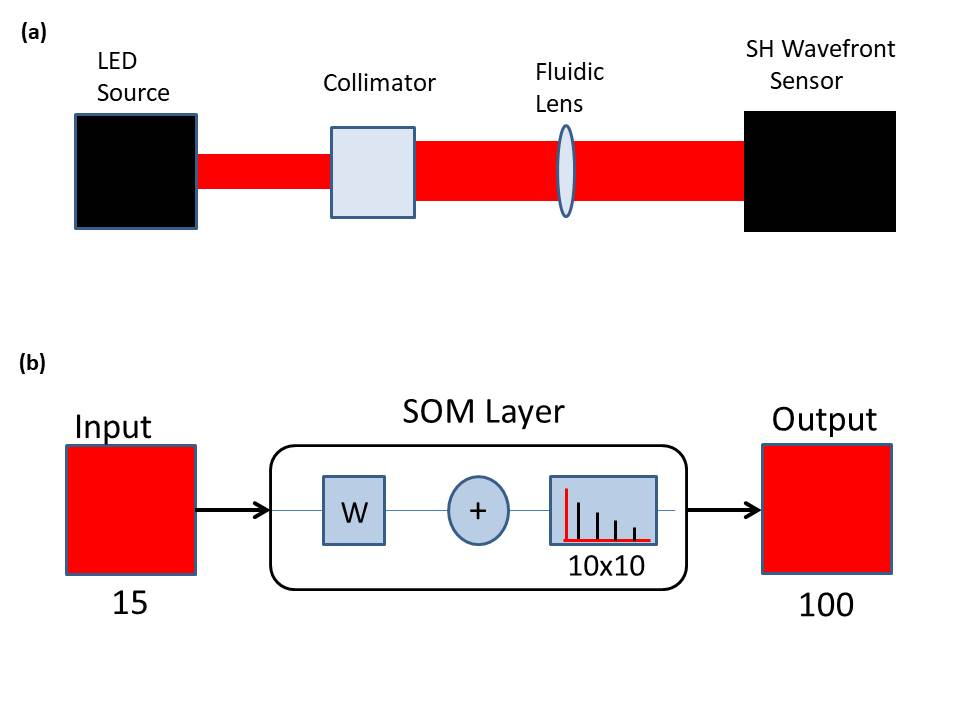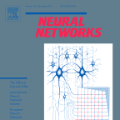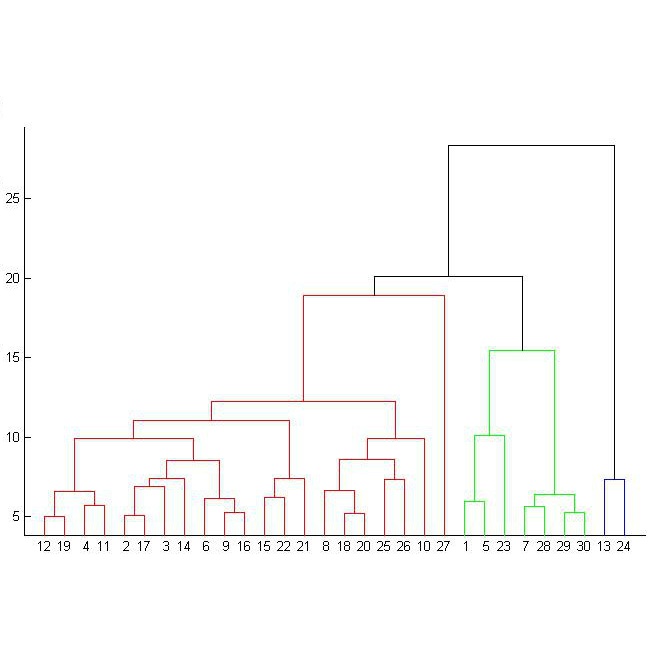A comparison between neural network clustering (NNC), hierarchical clustering (HC) and K-means clustering (KMC) is performed to evaluate the computational superiority of these three machine learning (ML) techniques for organizing large datasets into clusters. For NNC, a self-organizing map (SOM) training was applied to a collection of wavefront sensor reconstructions, decomposed in terms of 15 Zernike coefficients, characterizing the optical aberrations of the phase front transmitted by fluidic lenses. In order to understand the distribution and structure of the 15 Zernike variables within an input space, SOM-neighboring weight distances, SOM-sample hits, SOM-weight positions and SOM-weight planes were analyzed to form a visual interpretation of the system's structural properties. In the case of HC, the data was partitioned using a combined dissimilarity-linkage matrix computation. The effectiveness of this method was confirmed by a high cophenetic correlation coefficient value (c=0.9651). Additionally, a maximum number of clusters was established by setting an inconsistency cutoff of 0.8, yielding a total of 7 clusters for system segmentation. In addition, a KMC approach was employed to establish a quantitative measure of clustering segmentation efficiency, obtaining a sillhoute average value of 0.905 for data segmentation into K=5 non-overlapping clusters. On the other hand, the NNC analysis revealed that the 15 variables could be characterized through the collective influence of 8 clusters. It was established that the formation of clusters through the combined linkage and dissimilarity algorithms of HC alongside KMC is a more dependable clustering solution than separate assessment via NNC or HC, where altering the SOM size or inconsistency cutoff can lead to completely new clustering configurations.
翻译:暂无翻译

